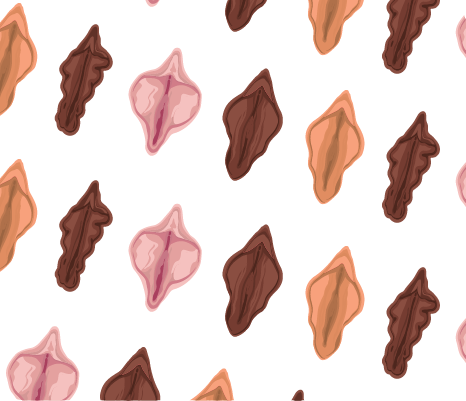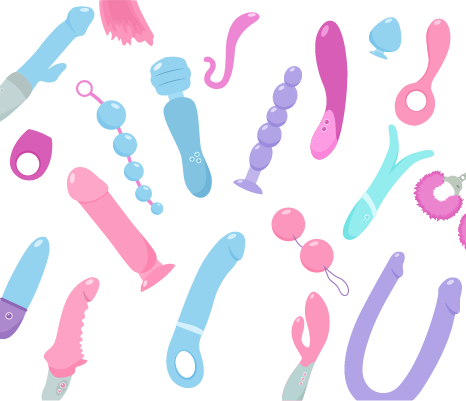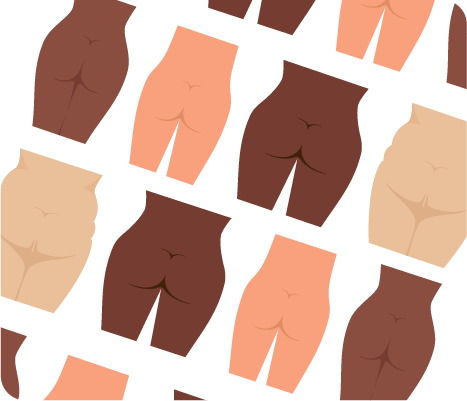Penis


It can be enjoyable to rub penises together, put a penis into another foreskin (sometimes called docking), or masturbates penises together. You could also have sex where two, or more penises can come into contact.
There is a risk of transmission of STI's in docking or mutual masturbation. There is also a risk of tears in the flesh.
Use condoms, wash hands between masturbating. Lubricant would also help to make these activities more comfortable and safe.

Touching or stroking the penis and/or scrotum and squeezing the testicles can be pleasurable. This is a type of masturbation.
There is a risk of pregnancy with mutual masturbation, if sperm is transferred to a vagina from someone's hands or fingers. There is also a risk of catching an STI with mutual masturbation between genitals, if one partner is infected.
Make sure hands are cleaned, before and after. Can use lubricant and latex gloves, especially if one partner has warts on their hands.

Often called 'vaginal sex'. You can also rub the vulva against the penis without penetration.
If a condom is not used, there's a risk of pregnancy and passing on STI's. Even if the man doesn't ejaculate in to the vagina, these are still the risks because infections and sperm are present in 'pre-come'.
Use male or female condoms with water based lubricant. Contraception, such as the pill or the implant, prevent unintended pregnancies occurring, but condoms will prevent both this and STI's.

'Oral sex' or 'blowjob'. It can be pleasurable for some people to give and receive oral sex to a penis. This may involve kissing, licking and sucking the penis and testicles.
There's a risk of getting or passing on STIs if you're giving or receiving oral sex. The risk increases if either of you has sores or cuts around the mouth or vagina.
This is because viruses and bacteria, which may be present in semen, vaginal fluid or blood, can travel more easily into a partner's body through breaks in the skin.
Generally, the risk of infection is lower when you receive oral sex than when you give someone oral sex. However, it is still possible for STIs to be passed on.
Flavoured condoms are designed for oral sex, make sure a new condom is used if moving from oral sex to penetration

The penis can be pleasured by rubbing against different textured surfaces and changes in temperature. Masturbating products can be bought. People experiment by putting their penis into these objects or by draping or wrapping their penis with sensual objects such as scarves or cushions.
Sharing sex toys has risks, including getting and passing on infections such as chlamydia, syphilis and herpes. If there are any cuts or sores around the penis and there's blood, there's an increased risk of passing on hepatitis B, hepatitis C and HIV.
Make sure penis and objects are clean before and after use

Often called 'anal sex', this can be pleasurable for both the person inserting their penis and the person 'receiving' the penis in their anus. The internal clitoris and/or prostate gland can be stimulating through this kind of sex.
Anal sex has a higher risk of spreading STIs than many other types of sexual activity. This is because the lining of the anus is thin and can easily be damaged, which makes it more vulnerable to infection.
Use male condoms with water based lubricant.